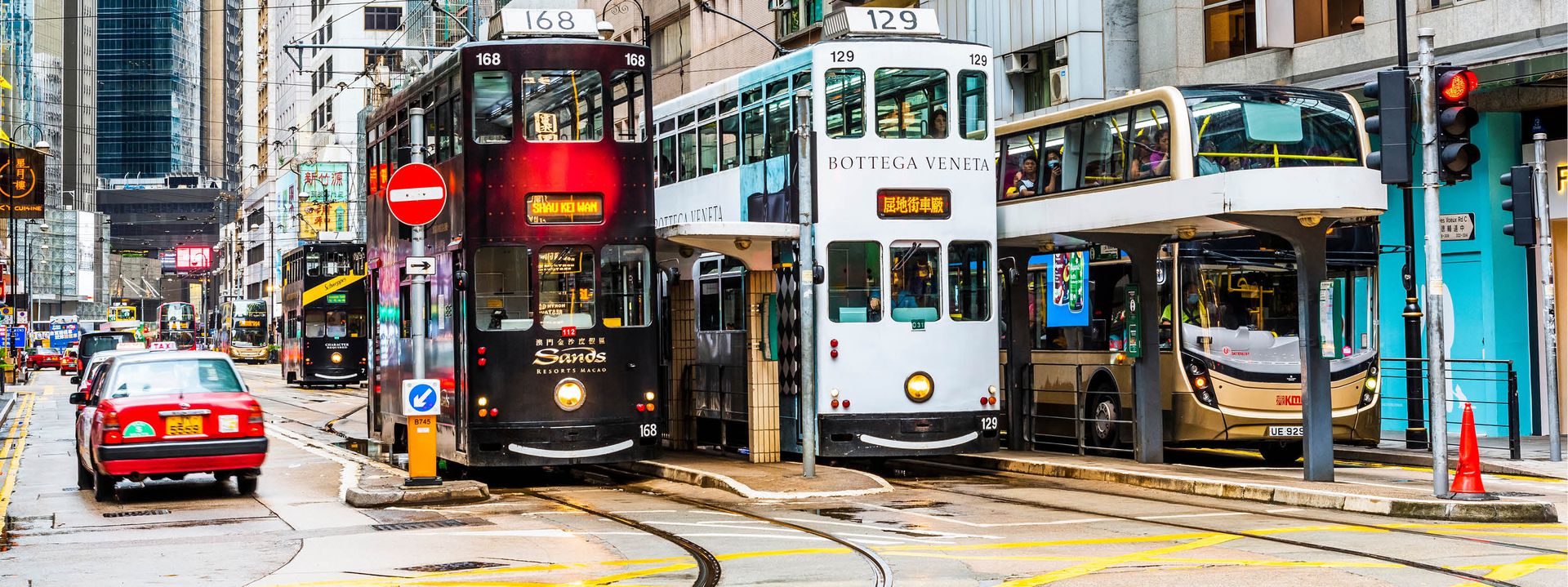Public Transport Operators and Authorities (PTOs / PTAs) are under constant pressure to deliver a reliable service. And with different passenger groups to consider, each with unique demands, operators must develop smarter and more innovative ticketing experiences to keep up with the rapidly evolving smart mobility landscape.
PTOs and PTAs must work with other stakeholders in the transit ecosystem to create solutions while navigating incumbent systems, funding concerns and ever-changing political challenges. All of this must be considered while ensuring that ticketing systems meet the needs and expectations of passengers. In the second blog in our series on unified and interoperable ticketing, we will explore the factors that transport stakeholders must consider when implementing a unified ticketing approach.
Political and administrative considerations.
Public transport is by its very name public. Be it operated by governmental organizations (at either the local or national level) or by private enterprise, it remains at its heart a public service. This means that it is subject to the scrutiny and regulation of local and regional decision makers and is often at the center of legislative discussions.
Political representatives frequently champion policies that directly impact transit networks. A common example of this is promoting free or concessionary fares for youth, students and seniors. Others may endorse large-scale infrastructure projects or network overhauls as part of their campaigning. However, this can also go the other way, with certain candidates advocating defunding or eliminating transit projects entirely.
This creates an even greater challenge when a network extends across two or more administrative boundaries. Two neighboring areas may have administrations which prioritize public transport differently. This can mean a network must deal with discrepancies between investment in modern infrastructure, funding and fare concessions. By adopting a unified ticketing model, transport stakeholders can work together to develop an interoperable regional network while remaining compliant with legislated priorities, as well as encouraging a modal shift away from private vehicle usage.
Funding to cost saving.
The budget a network must work within is another major differentiator between networks. As mentioned above, the local government often has a large role in dictating this, but other factors such as ridership and ticket sales can have a significant impact too. Funding can also be obtained through Public-Private Partnerships (PPPs), which may require the operator to work within a framework dictated by a third party to achieve certain profitability targets.
Another concern is legacy debt and the available cash flow of a network. The timelines for implementing a new ticketing system are typically quite long as specifications and deployment plans need validation from multiple stakeholders. These can include the national and local authorities, employee unions and passenger unions in addition to PTA, PTOs and suppliers. Engaging these stakeholders at the build stage can be crucial to reducing costs later on. In doing so, a system can be designed to meet user needs without unnecessary complexity, helping reduce potential project expenditures and the technical risks of integration. During the run phase, it enables more flexible equipment procurement and operational efficiency while also improving maintenance and staff skill management between operators.
Working within a fragmented market.
Unlike the telecommunications or payments ecosystems, there is no globally recognized initiative for the standardization of ticketing. Initiatives such as ISO 14443 (contactless proximity cards), ISO 24192 (communication between contactless readers and fare media in public transport), CSN EN 12896 (Reference data model – Transmodel), CEN/TS 16614 (Public transport network topology exchange format- NeTEx), General Transit Feed Specification (GTFS) and others, have attempted to create consistency. However, each of these allow for an element of interpretation to account for local needs and requirements.
Furthermore, incumbent ticketing solutions have most likely been developed by market leaders in each region over a number of decades. These solutions each have their own design choices, with decisions driven by industrial optimization. Upgrades to stay in line with contemporary norms are often expensive. Additionally, meeting new operational requirements while keeping incumbent systems up and running can drastically lengthen the migration process.
While migrating to unified ticketing may require a significant effort to begin with, the long-term benefits make it worth it, as PTOs and PTAs are prepared for potentially the next decades of operations and upgrades. It places PTAs and PTOs in a strong position to protect their sovereignty, supported by industry leaders championing open standards. Unified ticketing development can pool the resources of operators and authorities, accompanied by partners that will manage integration and implementation with minimal disruption to the existing ticketing systems.

Finding the right solution.
PTOs, PTAs and transit solution providers undoubtedly have a complex task designing and implementing flexible, scalable ticketing solutions. They must meet the evolving demands of customers while navigating numerous legislative and regulatory requirements dictated to them by local authorities. Unified ticketing is a way by which resources can be combined and optimized to help provide a quality service and achieve operational efficiencies while keeping on track for their profitability targets.
Working with Fime.
Fime can work alongside multiple operators to guide them through the process of pooling their resources to create a unified ticketing system that works. This ensures that they meet the technical and quality standards they pride themselves on while also complying with their transit policy and budget constraints.
Learn more about how Fime can help you accelerate your ticketing offer to create frictionless unified ticketing for passengers.
Read our articles in our smart mobility series:
Blog #3. Unified ticketing: key implementation considerations.
Blog #4. Unified ticketing: the 8-step implementation roadmap.
Blog #5. Unified ticketing: trends and technologies for the future of interoperable ticketing.

